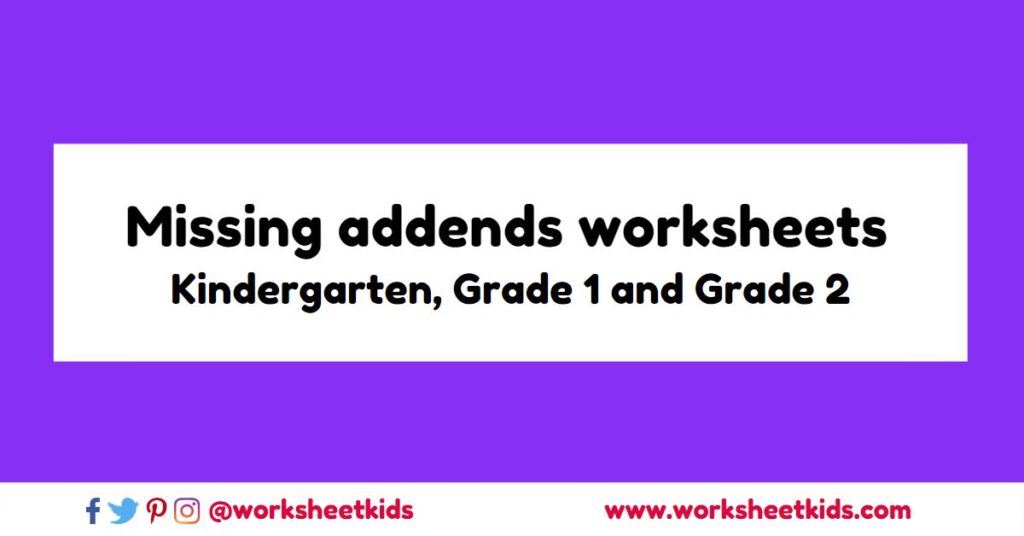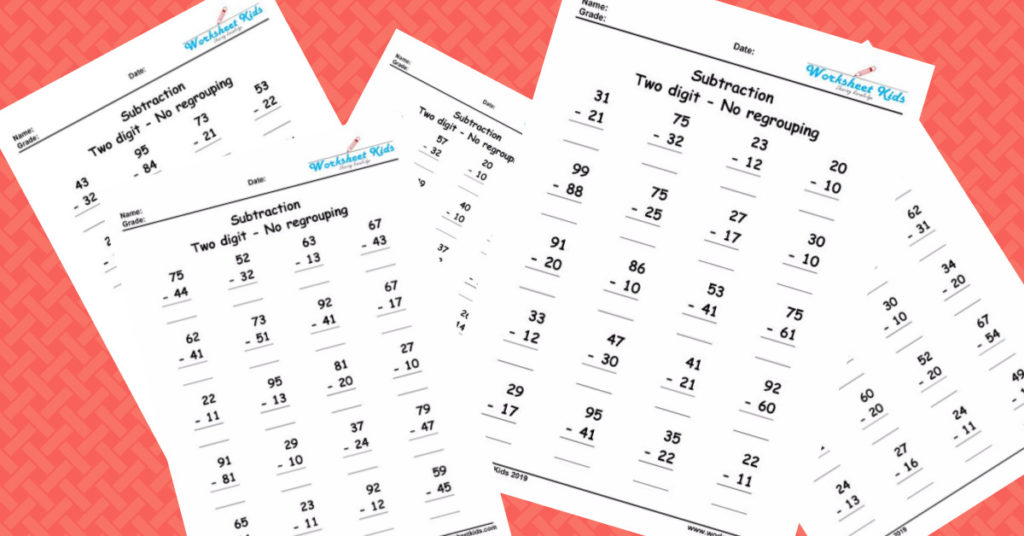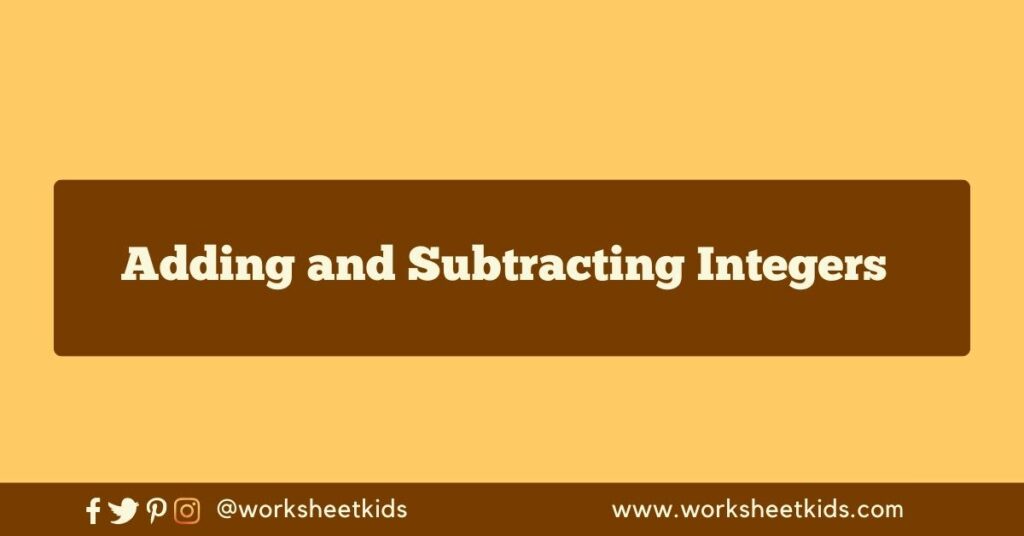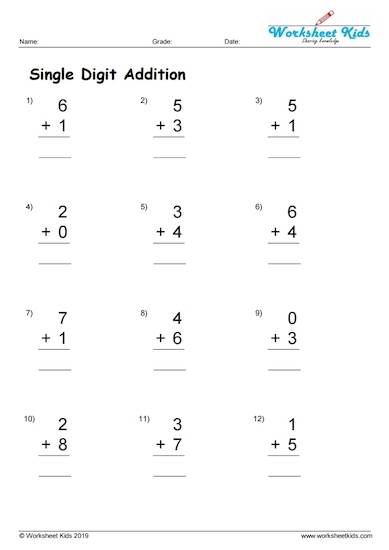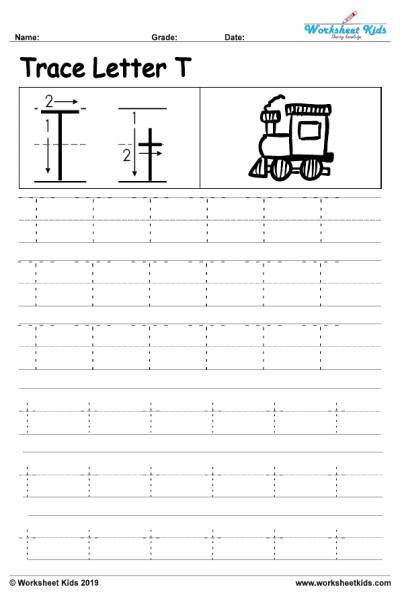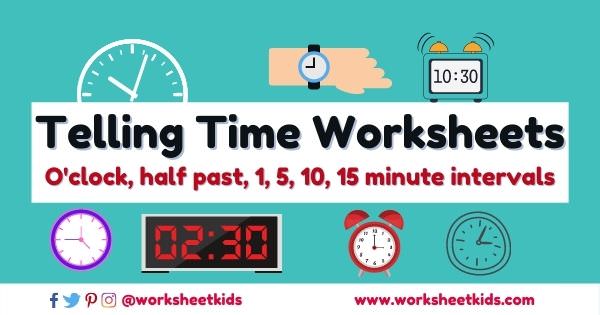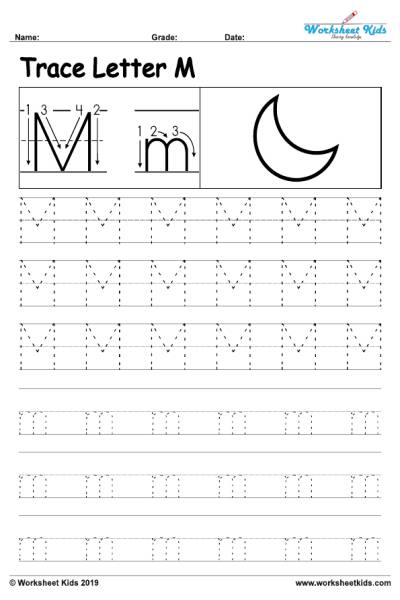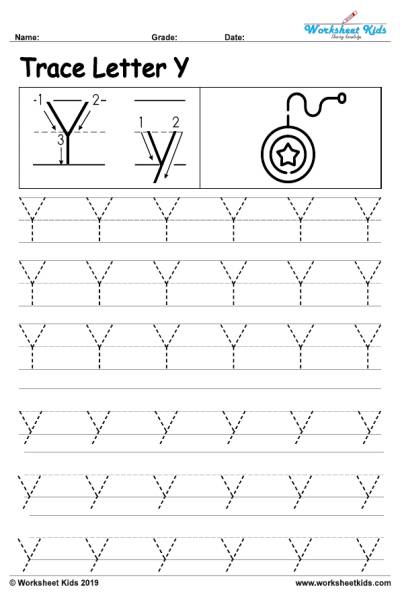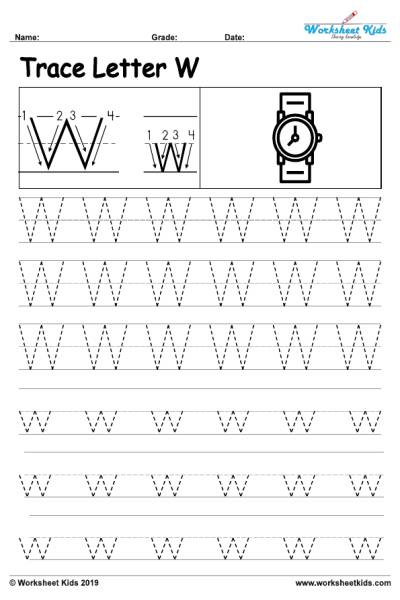Finger counting is one of the most fundamental and engaging methods to introduce young children to the world of numbers. These worksheets are essential tools for parents, homeschoolers, and teachers alike. They offer a hands-on, interactive approach to teaching counting, addition, and subtraction. Finger counting worksheets are fun and immensely educational, laying the groundwork for mathematical skills that children will use throughout their lives.
Why Use Finger Counting Worksheets?
Firstly, finger counting is intuitive and straightforward for young learners. When children use their fingers to count, they can visually and physically grasp the concept of numbers and operations. This method leverages their natural curiosity and love for interactive play. Finger counting worksheets enhance this learning by providing structured activities reinforcing these concepts.
Secondly, these worksheets are versatile and can be used in various settings, including at home, preschool, or kindergarten classrooms. They are designed to cater to different learning paces and styles, ensuring that each child can progress at their speed.
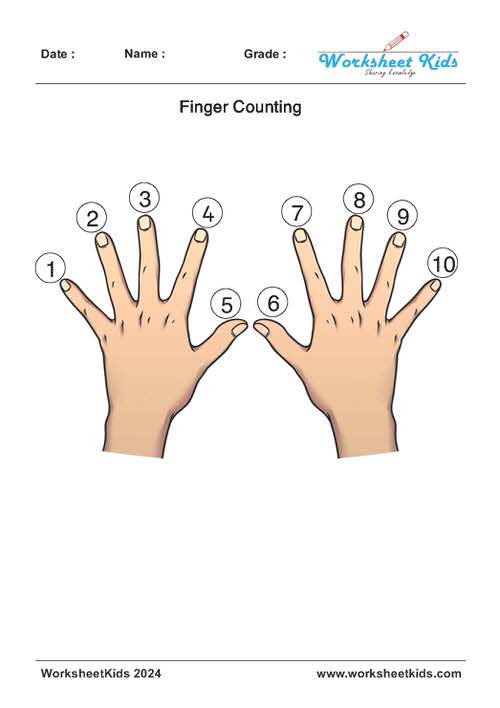
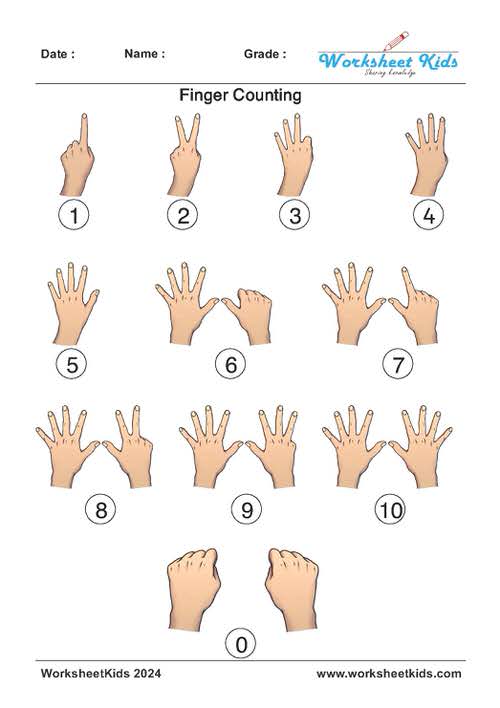
How to Teach Finger Counting to Kids
To begin with, teaching finger counting to kids can be a joyful and rewarding experience. Start by encouraging children to use their fingers to represent numbers. For example, ask them to show you one finger for the number one, two fingers for the number two, and so on. This physical representation helps them connect the abstract concept of numbers with a tangible action.
Next, incorporate finger counting into daily routines. For instance, count the number of apples in a basket or the steps they take from the door to their room. These everyday activities make learning natural and relevant.
Additionally, use finger counting songs and rhymes. Songs like “One, Two, Buckle My Shoe” or “Five Little Monkeys Jumping on the Bed” reinforce counting skills. The rhythm and repetition of these songs help embed the concepts in their minds.
How to Teach Addition Through Finger Counting
Moving on to addition, finger counting is an excellent way to introduce this concept to young learners. Start by showing them how to add two numbers using their fingers. For example, if you want to add 2 and 3, have them hold up two fingers on one hand and three fingers on the other. Then, count all the fingers together to find the sum.
Moreover, create simple addition problems and solve them together using fingers. Ask questions like, “If you have three fingers up and then add two more, how many do you have in total?” This hands-on approach makes the abstract concept of addition more concrete and understandable.
Furthermore, incorporate addition into playful activities. Use toys, blocks, or snacks to represent numbers. For instance, if they have two blocks and you give them three more, ask them to count all the blocks to find the total. This playful method keeps them engaged and makes learning fun.
How to Teach Subtraction Through Finger Counting
Similarly, subtraction can be taught effectively through finger counting. Begin by explaining that subtraction means taking away. Use your fingers to demonstrate this concept. For example, if you have five fingers up and take two away, ask them to count the remaining fingers.
Additionally, create subtraction problems for practice. Ask questions like, “If you have four fingers up and you take one away, how many are left?” This helps them understand subtracting numbers through a visual and tactile method.
Moreover, everyday scenarios should be used to teach subtraction. For instance, if they have five candies and eat two, ask them to count the remaining candies. These real-life examples make the concept of subtraction relatable and more accessible.
Engaging Finger Counting Worksheets
To support these teaching methods, we offer eight worksheets designed to cover counting, matching, addition, and subtraction. These worksheets are perfect for homeschool settings, parents teaching at home, and school classrooms. They provide a variety of activities to reinforce the concepts of counting and basic arithmetic.
Counting Worksheets:
These worksheets help children practice counting from 1 to 10. They include fun activities like counting objects and matching numbers to quantities.
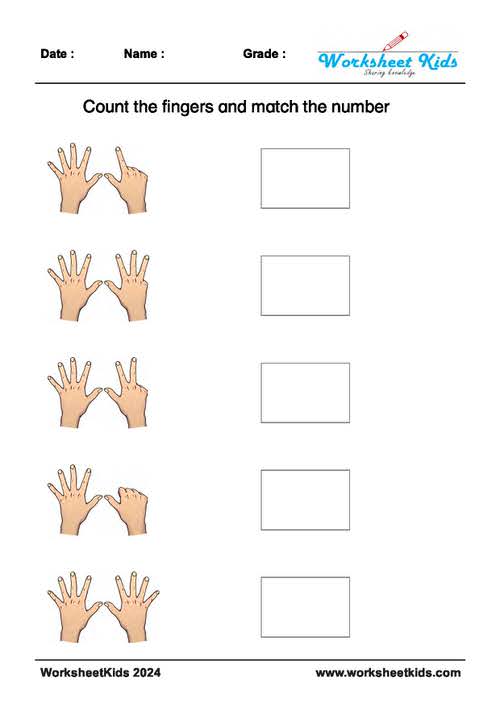

Matching Worksheets:
These worksheets are designed to help children match numbers with corresponding amounts. This reinforces their understanding of number recognition and counting.
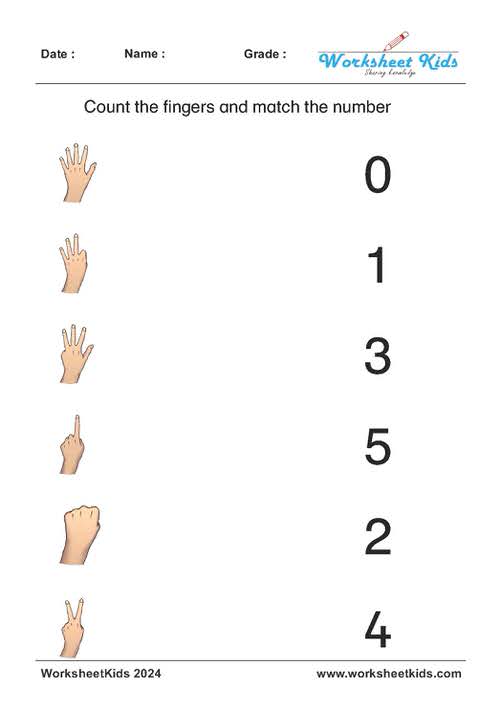
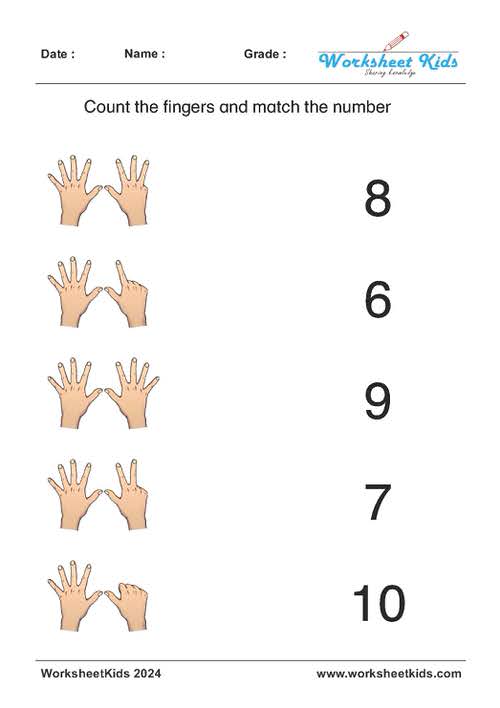
Cut-and-Paste Worksheets:
Provide a more interactive approach where children cut out numbers and glue them next to the correct pictures.
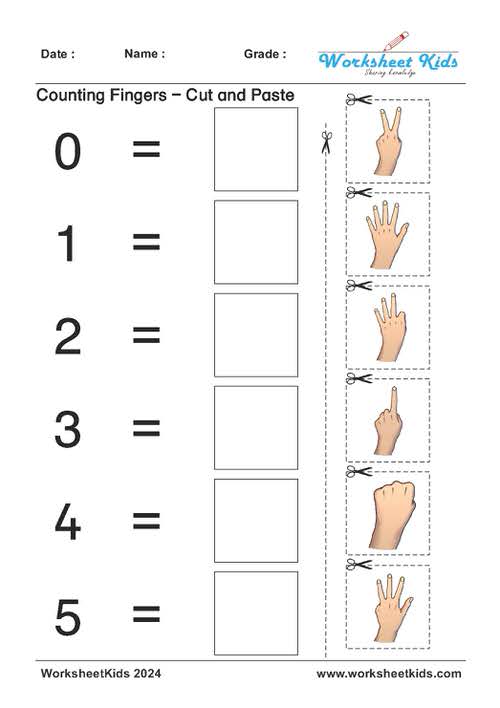
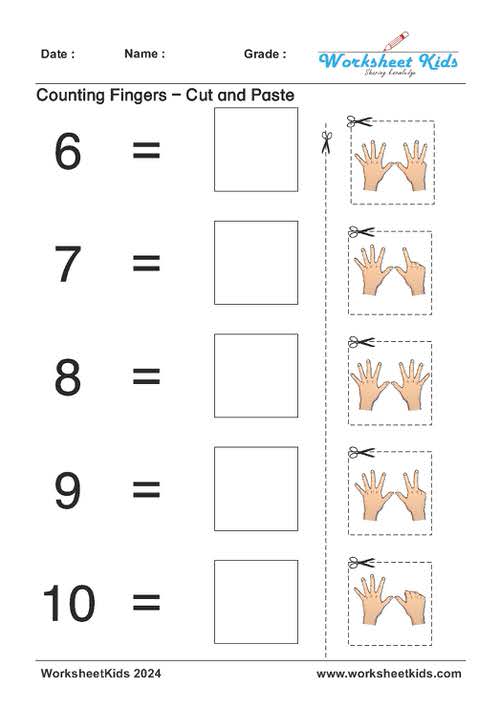
Addition Worksheets:
These worksheets introduce simple addition problems using finger counting. They provide visual aids and step-by-step instructions to help children solve addition problems.
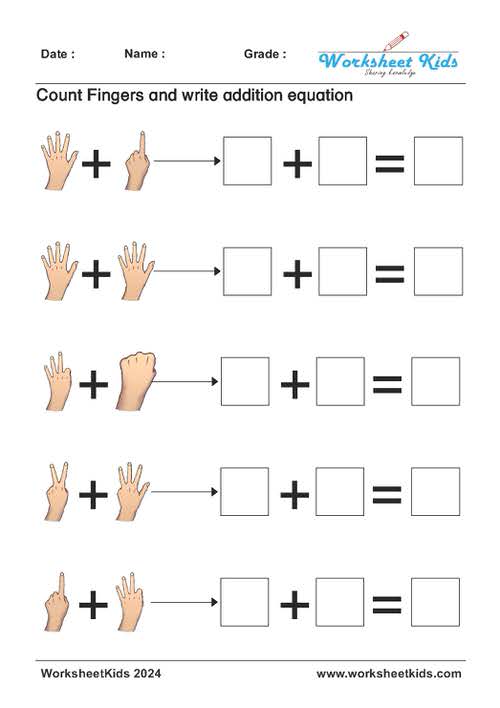
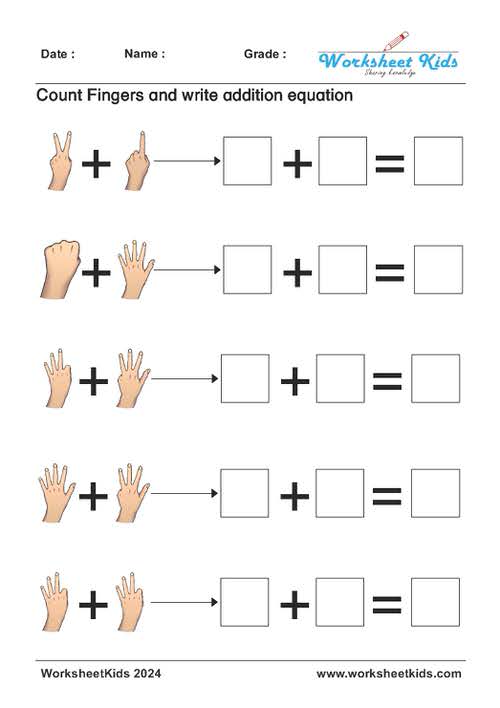
Subtraction Worksheets:
These worksheets focus on teaching subtraction through finger counting. They include various problems that encourage children to use their fingers to find the difference between numbers.
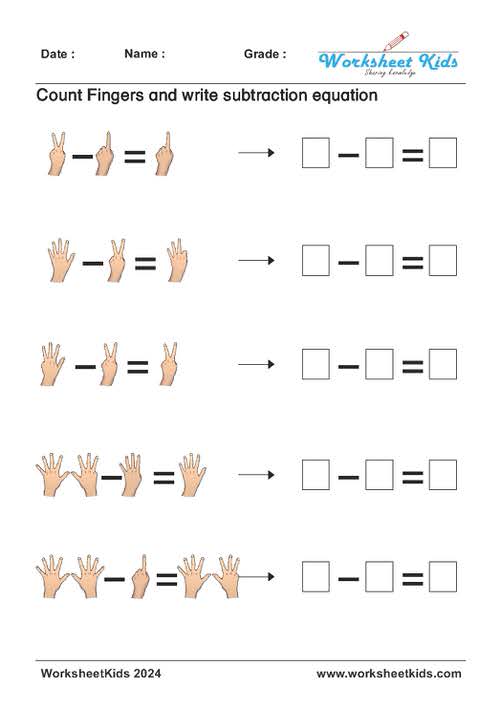
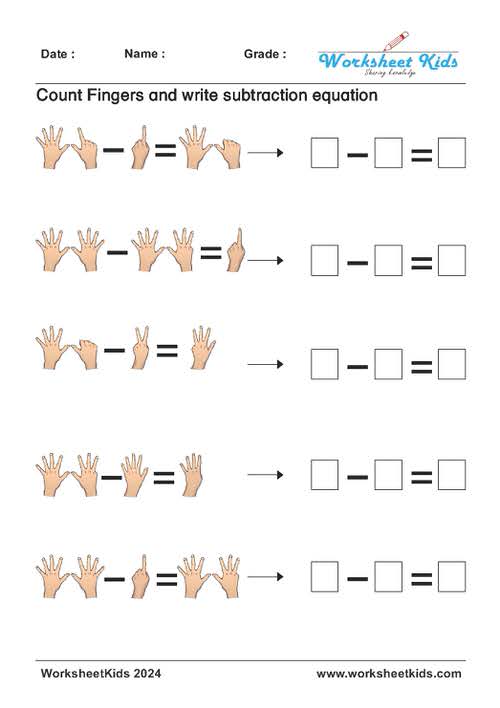
In conclusion, finger counting worksheets are invaluable tools for teaching preschool and kindergarten children the basics of counting, addition, and subtraction. They make learning interactive, engaging, and fun. Parents, homeschoolers, and teachers can provide a solid foundation for their children’s mathematical journey by incorporating finger counting into daily routines and using structured worksheets. These worksheets are versatile and can be adapted to different learning environments, ensuring every child can benefit from this hands-on approach to learning numbers. So, get started with these worksheets today and watch your child’s confidence and skills in math grow!

